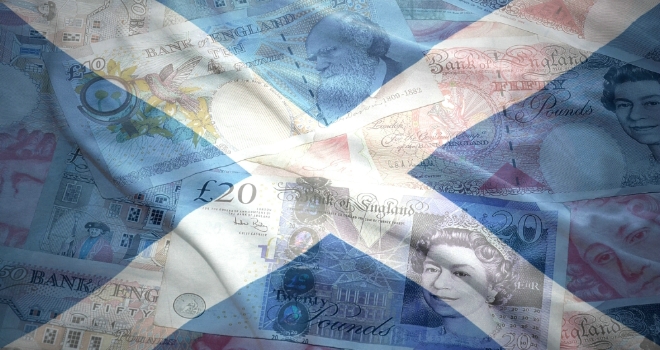
The data revealed that on average, Scottish property prices increased £45 a day during the month, advancing to £169,850, with East Renfrewshire seeing the biggest upswing, as new home developments raised prices 5.2% since October.
Christine Campbell, Your Move managing director in Scotland, comments: “The Scottish housing market has been making up for a bit of lost ground, and in the short-term is galloping ahead of the rest of Great Britain. During November, Scotland’s 0.8% increase in property prices represents twice the pace seen in England and Wales over the same month (0.4%). This uplift provides a welcome bounce back for homeowners after a turbulent year, with house prices still below March’s record peak. The driving force behind this up and down has been the introduction of the Land and Buildings Transaction Tax (LBTT), lowering tax for the vast majority of buyers, but hitting the top end of the market. As high-end housing stock starts to shift again, we are seeing price rises strengthen in more expensive areas – with values in East Renfrewshire up 5.2% (£6,069) since October, the fastest monthly jump on the mainland.
However, this month’s growth spurt may be short-lived. Now with John Swinney’s 3% surcharge on second home and buy-to-let property purchases coming into force in April, price rises could find themselves hindered. If the impact of this tax increase mirrors the effect of the LBTT, we may see a sharp spike in values at the start of 2016, as buy-to-let buyers rush to avoid the tax hike, followed by a sudden dip after its introduction. Investors may well be dissuaded from purchasing additional properties then, with a £250,000 home liable for an extra £7,500 in Stamp Duty once the tax is implemented. Sellers may find themselves having to subsequently reduce prices to make their properties more attractive, accounting for the higher surcharge for some buyers. There have been cases of some developers offering £10,000 contributions towards the LBTT in order to sell their units.
On the back of strong monthly growth in October, East Lothian has now overtaken Inverclyde as the mainland region with the highest annual increase in property prices (10.9%). This region illustrates the recovery in the top end of the market with 30 sales of properties worth over half a million pounds in the last three months, a significant improvement on 18 sales in the same period last year. The most notable of the sales was a nine bedroom property going for £2.6 million – the second most expensive property sold this year. This marks a clear turning point when you consider the drought of million pound home sales immediately after the introduction of the LBTT.
November’s home sales have defied the odds by avoiding the usual seasonal slowdown. Transactions this month have increased 1.2% since October, in a period where we usually see a 4% dip. South Lanarkshire has seen the largest upswing, with a 19.4% increase compared the previous month. Sales here have been particularly buoyant because the average price of a detached house is around £220,000, so buyers now pay less with the LBTT than under the old Stamp Duty rates. Looking back at previous years, this has been the highest November for sales since 2007, up 13% compared to the same month last year. Unlike the rest of Great Britain, total sales in Scotland are higher for the first eleven months of the year than in 2014. However, we may see this progress fall away next year, as the new second home surcharge take effect.”





